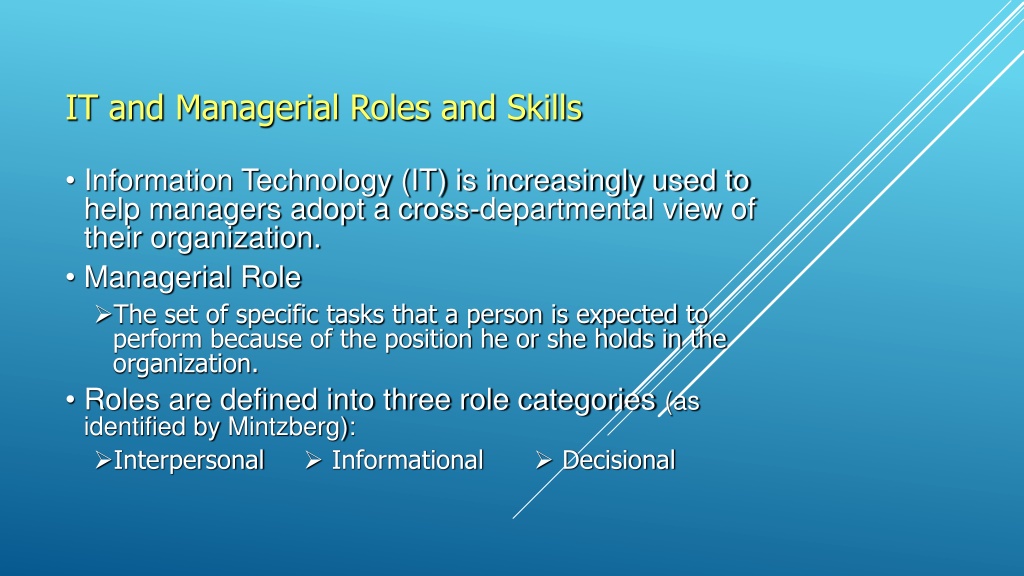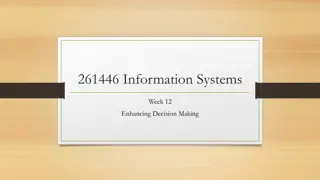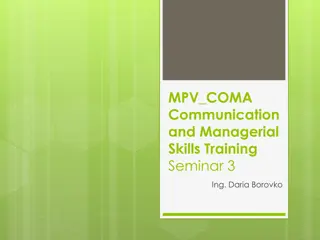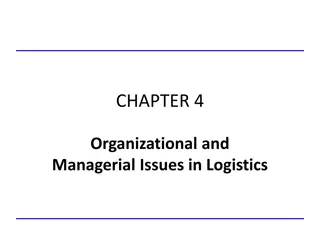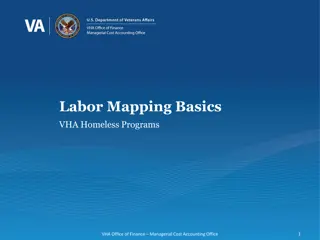Managerial Roles and Skills in Information Technology (IT)
Information Technology (IT) is increasingly utilized by managers to gain a comprehensive view of their organization. Managers perform various roles categorized as Interpersonal, Informational, and Decisional according to Mintzberg. Decisional roles involve strategic planning, resource management, and negotiation. Informational roles entail information gathering, dissemination, and influencing. Interpersonal roles include providing direction, supervision, and coordination within the organization.
Download Presentation

Please find below an Image/Link to download the presentation.
The content on the website is provided AS IS for your information and personal use only. It may not be sold, licensed, or shared on other websites without obtaining consent from the author. Download presentation by click this link. If you encounter any issues during the download, it is possible that the publisher has removed the file from their server.
E N D
Presentation Transcript
IT and Managerial Roles and Skills Information Technology (IT) is increasingly used to help managers adopt a cross-departmental view of their organization. Managerial Role The set of specific tasks that a person is expected to perform because of the position he or she holds in the organization. Roles are defined into three role categories (as identified by Mintzberg): Interpersonal Informational Decisional
Decisional Roles Roles associated with methods managers use in planning strategy and utilizing resources: Entrepreneur deciding which new projects or programs to initiate and to invest resources in. Disturbance handler managing an unexpected event or crisis. Resource allocator assigning resources between functions and divisions, setting the budgets of lower managers. Negotiator reaching agreements between other managers, unions, customers, or shareholders.
Informational Roles Roles associated with the tasks needed to obtain and transmit information in the process of managing the organization: Monitor analyzing information from both the internal and external environment. Disseminator transmitting information to influence the attitudes and behavior of employees. Spokesperson using information to positively influence the way people in and out of the organization respond to it.
Interpersonal Roles Roles that managers assume to provide direction and supervision to both employees and the organization as a whole: Figurehead symbolizing the organization s mission and what it is seeking to achieve. Leader training, counseling, and mentoring high employee performance. Liaison linking and coordinating the activities of people and groups both inside and outside the organization/department.
